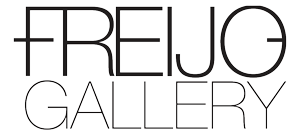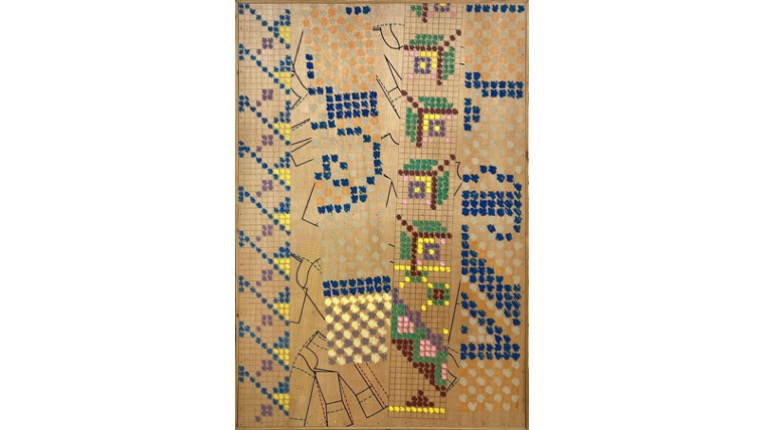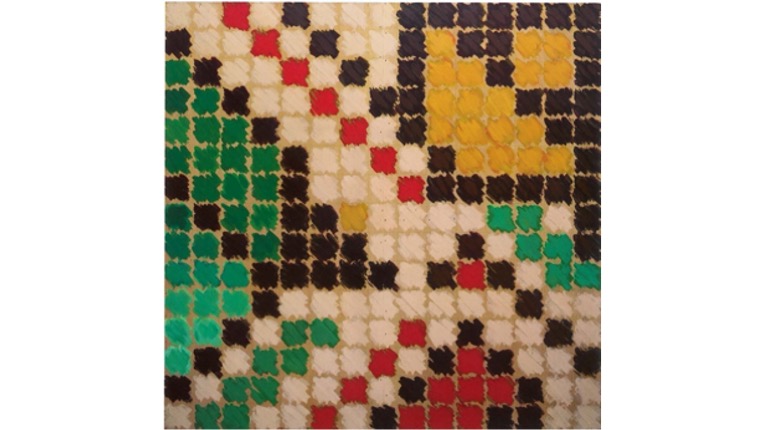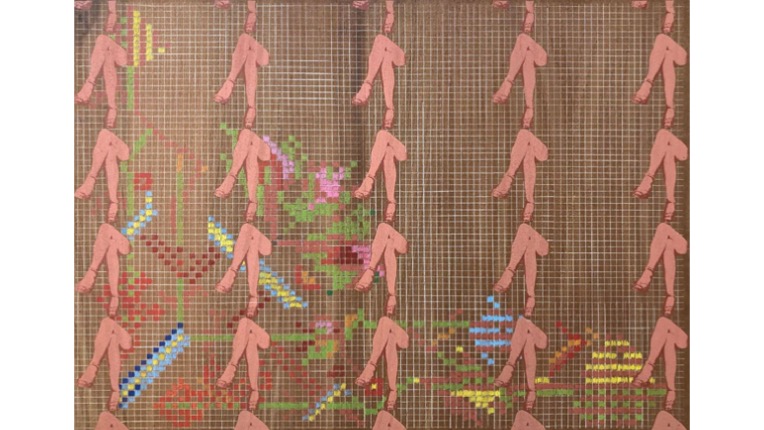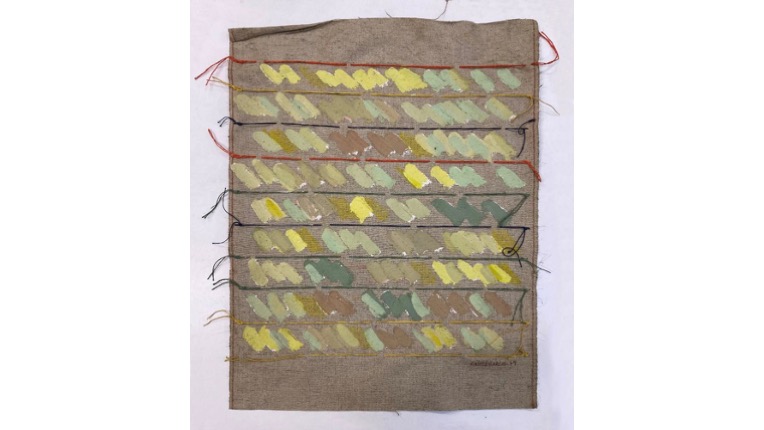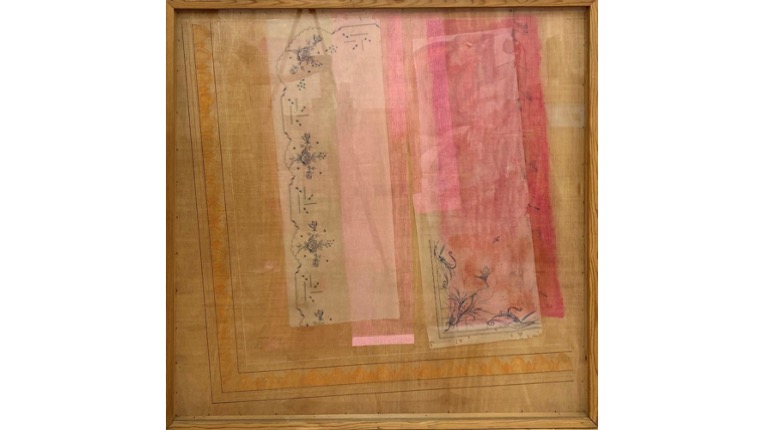Ángela García Codoñer
Spain, 1944.
Lives and works in Valencia, Spain.
She participated in the Spanish neo-figurative movements. This context included Equipo Crónica (founded in 1964 by Rafael Solbes and Manuel Valdés) and Equipo Realidad, which sought to make art more accessible and to question national identity through the media. Within this framework, the artist's praxis was aimed at deconstructing the way in which women were traditionally represented in Spanish society.
In the early 1970s, the artist made collages and silkscreen prints from found images, many of which she borrowed from the cultural and political magazine Triunfo (1946-1982). These works gave way to acrylic paintings on wood in which the female body is truncated and stylised, as in the series Morphologies (1973).
Occasionally she also used collages alongside painted reproductions of bodies in the series Mises (1974-1975). In this way, women were portrayed emancipated from the contemporary mythological filter of advertising or magazines, although they continued to appear nude and as schematic fragments.
In the series Labores (1975-1980), García Codoñer used photographs of patterns, embroidery and weaving techniques to portray a craft that is usually considered exclusively feminine.
In 1985 she obtained a doctorate in Fine Arts at the Faculty of Architecture of the Polytechnic University of Valencia, where she recently retired as a professor.
The prestigious architecture magazine of this faculty, 'Expresión Gráfica Arquitectónica', was founded, designed and created by Ángela García Codoñer, who continues to collaborate actively with this publication.
Solo exhibitions at Freijo Gallery:
· 2022 Needlework (1974-1980). Ángela García Codoñer
Group exhibitions at Freijo Gallery:
· 2023 How to continue?
